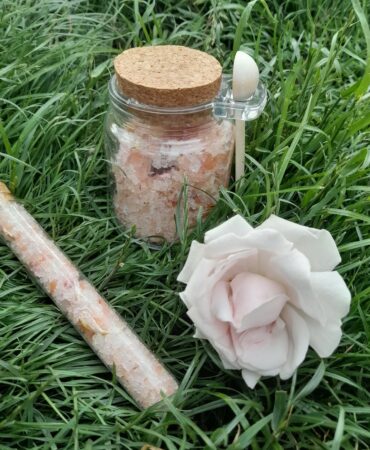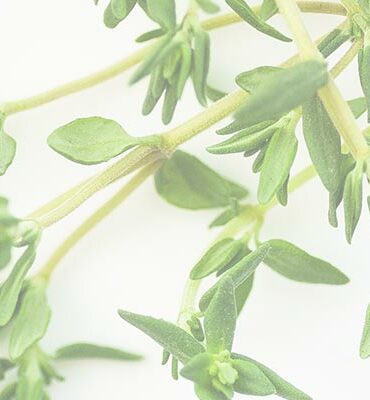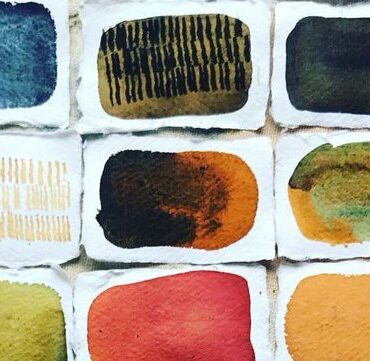Currently Empty: £0.00

Crafting with plants – Nettle (Urtica dioica) twine
Written by Melissa Daniel – Herb Society Member…
As the nettles get taller this time of year (May/June), it’s a good time to use the stem fibres. I’ve been crafting with natural materials all my life. My mother, Caroline Daniel, is a medical herbalist and has taught me so many uses for the herbs and plants we see every day.
Fresh nettles are best picked with gardening gloves, but once you’ve broken the stingers, they can be handled easily (If you do get stung, rub Ribwort/ Plantain until it becomes juicy, some lavender or a Dock leaf onto the sting to relieve the pain, you will usually find these plants growing nearby).
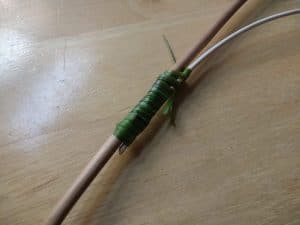

Pick the nettles from as close to the ground as possible to get the most out of them. I find that nettles are the easiest fibre to find and, especially when they get larger, most people are happy with you taking them. Always ask for permission if it’s on private land. Nettle fibres are strong and have been used for textiles for thousands of years. I have also used hemp and bramble fibres to make twine, but nettles are far more abundant and bramble thorns were much harder and more time consuming to remove.
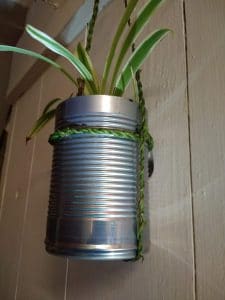
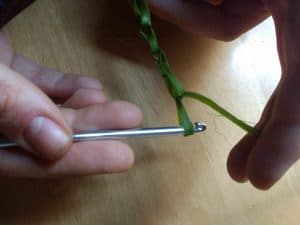
Crush the stem lightly to loosen the fibres from the woody insides (which can be made into paper). Score along one edge of the stem and flatten it out. I use a pen knife but if you have long nails this works too. This allows you to easily pull them away from each other.
Tip: If I’m making lots of string, while I am stripping the fibres I keep them in water so they don’t dry out at different rates and stay pliable for longer. As it dries it will strengthen but can also shrink, so when you come to twisting the twine, make sure it is still flexible but not too wet or the twine will become loose. Split the sheet gently into 5 strands, they will be naturally marked out by the shape of the stem, but be careful not to rip the fibres at the notches.
When you are ready to assemble the fibres, you twist in the middle of a strand to create an initial, central loop then twist each end of the strands away from the other. It will naturally curl around while you are doing this and you can use your thumb to keep one in place while you are twisting the other half. You can slowly add more strands of fibre gradually into the twist, be aware of making it the same thickness by adding the thinner to thicker ends respectively. You can always trim any straggly bits.

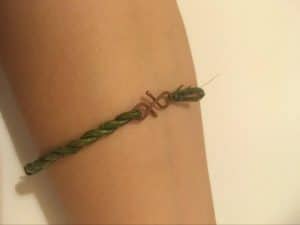
Crafting with natural materials allows a slow and meditative process for reflection. You can also use nettles for natural dyeing.
Here is a video to show you how Melissa does it:
Find out more about Melissa through her website – https://melissadaniel.wixsite.com/the-artist


